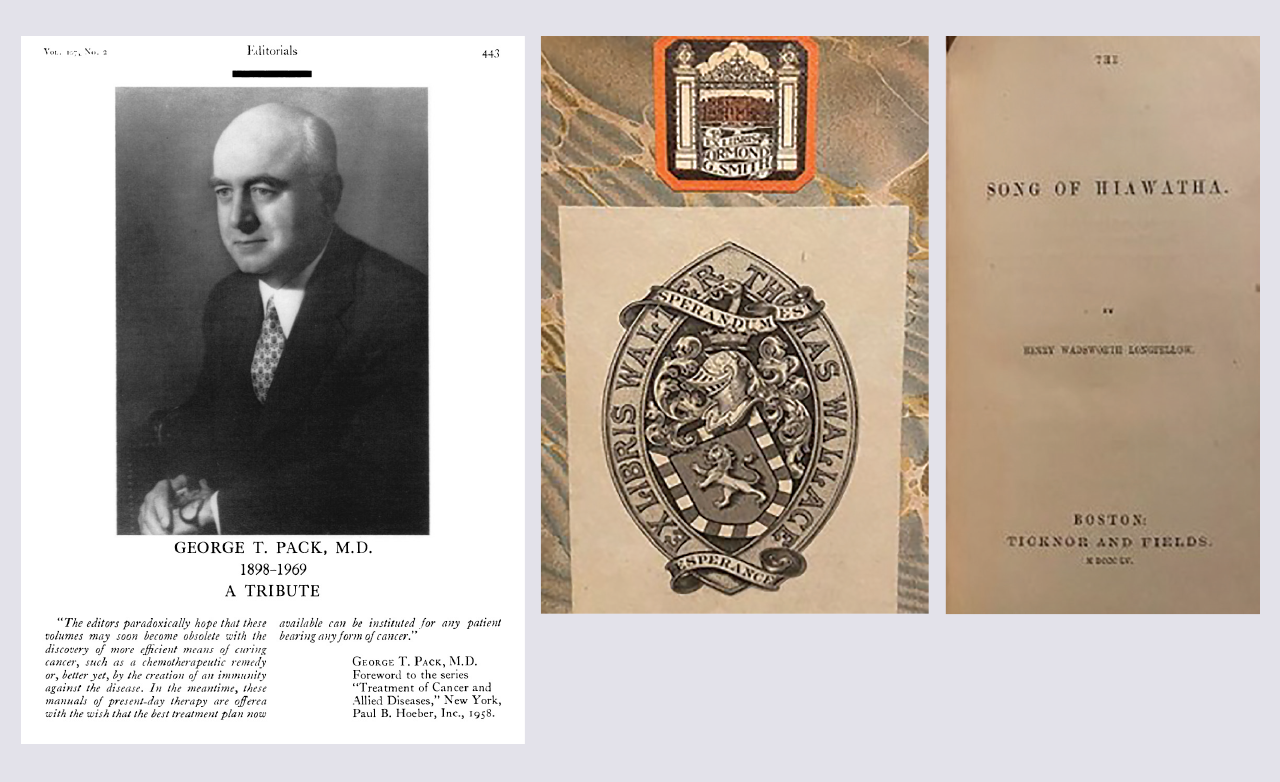Surgical Oncologist to World Leaders
Even 40 years after his death, articles detailing his knowledge of President Franklin D. Roosevelt’s putative melanoma and his involvement with Eva Peron, first lady of Argentina, have appeared in the lay and professional press.1-3 Dr. Pack operated on Peron twice after she was diagnosed in 1950 with advanced cervical cancer at age 30.
For political reasons, President Juan Peron hid Dr. Pack’s involvement and the diagnosis from both his wife and the public. Dr. Pack entered and left the operating room while she was under anesthesia. She ultimately succumbed in 1952 despite surgery, radiotherapy, and chemotherapy and became a mythic figure to some.
I have acquired a number of Dr. Pack’s clinical works over the years. In familiarizing myself with his life and contributions, I came across an interesting obituary by his colleague Irving Ariel, MD,4 which sheds light on Dr. Pack’s personal life, noting his love of both farming and poetry.
I was, thus, particularly gratified to acquire a book from Dr. Pack’s library bearing his distinct bookplate (designer/artist unknown). The volume is a beautifully rebound first edition (1855) of Henry Wadsworth Longfellow’s epic poem, “The Song of Hiawatha.” The book bears two other bookplates, publisher Ormond G. Smith and noted bibliophile Walter Thomas Wallace. Wallace’s extensive collection was auctioned in 1920, and likely Smith owned this book before Dr. Pack, perhaps giving it to him.
Bookplates, an area of collection and scholarship in their own right, often bear a family or institutional crest, artistic theme, or quote meaningful to the owner. Great artists, such as Rockwell Kent and Alphonse Mucha, often would receive commissions to design a meaningful bookplate, or “ex libris.”
The Pack bookplate, here affixed to a nonmedical volume, is replete with icons and symbols surrounding the crab, the symbol for the zodiac sign Cancer. They represent Dr. Pack’s devoted care of cancer patients, his lifelong quest for the perfect combination of therapies, and his dissemination of knowledge. The plate still speaks volumes—wordlessly but understandable in any language—to those ongoing aspirations today.








